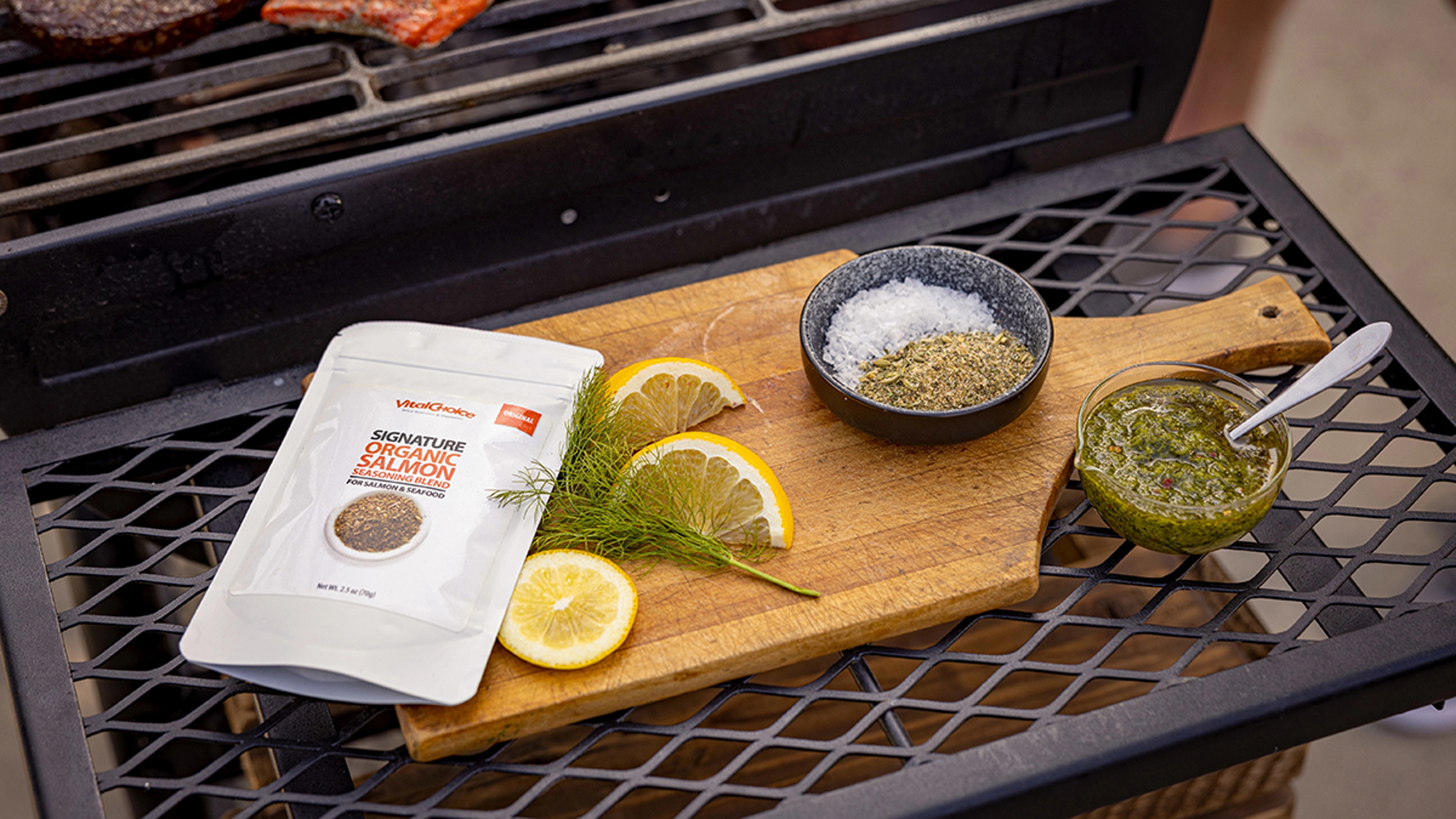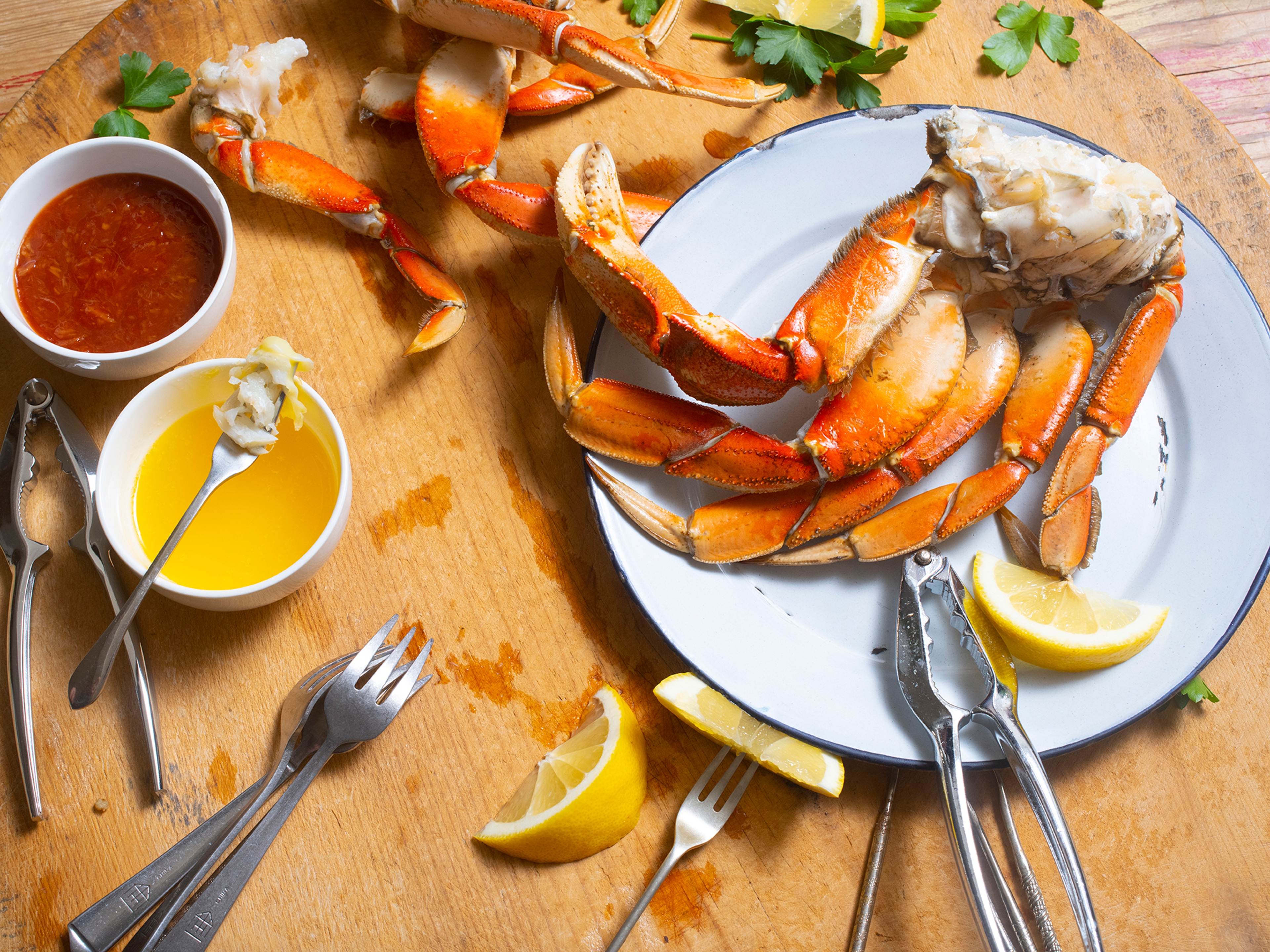7 Most Common Mistakes People Make When Cooking Fish
You just paid how much for that fillet? Give it the love it deserves.
Jan 16, 2025
Cooking fish demands finesse. It is a process that is both straightforward and tricky. If you want to avoid letting standard stumbling blocks ruin your dish, make this guide your go-to for steering clear of seven typical fish-cooking mistakes.
Whether you're a novice or an experienced home cook, keeping these standard pitfalls in mind will improve your fish-cooking skills, allowing you to whip up nutritious, restaurant-quality meals at home.

Mistake #1: Starting with low-quality fish
Don't underestimate the impact of starting with the perfect fish. When choosing whole fish, look for clear eyes and shiny skin. Fresh fillets, however, can be much harder to judge, making frozen fish a safer bet. Advanced rapid-freeze technologies freeze fish within minutes, preserving taste, texture, and moisture, and ensuring straight-from-the-sea freshness right after catching. Consumer taste tests have shown that flash-frozen fish, such as wild white fish and salmon, tastes better than seafood packed in ice.
Mistake #2: Skipping the drying step
This game-changing step is overlooked by many. Wet fish flesh (besides sounding unappetizing) can emit steam while cooking, impeding the formation of that sought-after sear. So, the next time you prepare a fillet for cooking, simply grab a paper towel, pat your fish, and let it chill in the fridge, uncovered on a plate, for 30 minutes. The extra drying time is critical for achieving that perfect flaky texture and avoiding mushiness.
Mistake #3: Seasoning at the wrong time
When it comes to cooking fish, seasoning requires a bit of savoir faire. Seasoning too early will draw out moisture and create a mushy mess, but seasoning too late can result in a flavorless fillet. Instead, to achieve juicy perfection, sprinkle one side of each fillet with a generous pinch of salt when the fish is translucent, or about 80% cooked. Then, salt the other side of the fish after it has finished cooking.

Mistake #4: Neglecting to preheat the pan
Nailing that pan temperature is also essential. Too low equals undercooked fish; too high results in a tough texture. In this case, a little patience in advance will result in a big payoff. Before cooking, preheat your pan over medium-high or high heat for three to five minutes to set the stage for a perfect sear and easy flip. Add a splash of oil to the pan right before placing the fish.
Mistake #5: Cooking skin side up
Starting skin side down is the right move when cooking fish. The skin acts as a shield, protecting that delicate flesh from the high heat of the pan. Whether or not you're on team fish skin, this technique ensures a perfectly cooked fillet with perfectly crispy skin. Skin isn't your thing? Then peel it away after cooking and revel in the glory of beautifully seared fish.
Mistake #6: Overhandling the fish
Fish is delicate, so be gentle. And when it comes to touching it, take the less-is-more approach. Refrain from constantly flipping and nervously poking your fish in the pan. Instead, take a deep breath and be confident — and pour yourself a glass of wine. Let the first side sizzle for three or four minutes without touching it. Repeat: WITHOUT TOUCHING IT. Keep an eye out for firm edges and a hint of translucency. Then, grab your offset spatula, check to see if the fish releases effortlessly from the pan, and flip.
Mistake #7: Overcooking
Cooking times are crucial in the kitchen, but especially for fish. Timing it just right will result in a culinary masterpiece. Ten minutes is usually the perfect baking time, depending on the thickness of the fish. For pan frying, three to five minutes per side is ideal. Grab a meat thermometer for foolproof timing and aim for an internal temperature of 145 degrees Fahrenheit. The flesh should be opaque, not translucent.






